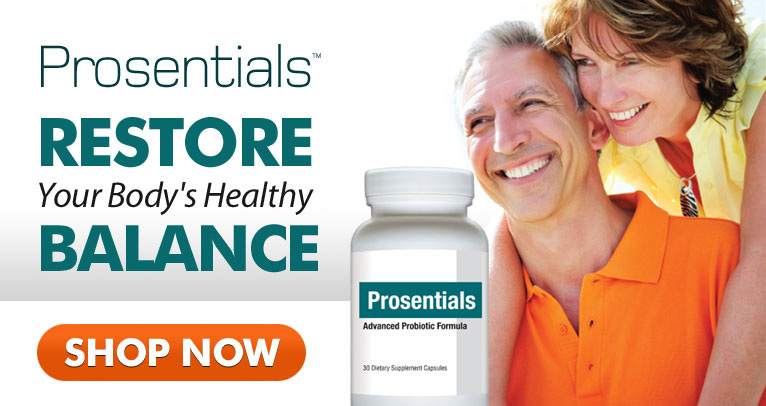[Printable Version of This Page]
Sweet Fix, How Much Sugar Is OK?
![[Image 1]](/rhp/images/library/188/cake.webp)
The
signs of an addictive substance include bingeing, craving, tolerance,
withdrawal, cross-sensitization, cross-tolerance, cross-dependence,
reward and opioid effects.
And that’s why a recent article in the British Journal of Medicine concluded that sugar is addictive.
If you have a sweet tooth, this probably is not news. But it has been a contested topic in food and medical science for some time. No one gets the D.T.’s if they skip a candy bar. But they may get a headache, feel tired, or suffer distractive urges to run out and get their fix.
They may even hide their stash.
Lately, sugar “purges” are a celebrity trend. Do we need to copy that? Is craving sugar really an addiction that will wreck your health?
Time to take it easy… For people who are not diabetic or pre-diabetic, a little sugar is harmless. We evolved to seek out sweet tastes because it goes along with fruits and vegetables that are ripe and therefore at peak nutrition.
Wanting something sweet is not the real issue. The problem is that we no longer get a little sugar each day. We eat a lot of it. The average American devours 94 grams of sugar a day. That is the equivalent of 23.5 teaspoons of sugar.
It’s so far beyond our basic needs that coming into line may seem like punishment to sugar lovers.
The American Heart Association recommends an added sugar intake of 6 tsp or less per day for women, 9 tsp for men. That’s 24 grams for women, 36 grams for men.
Or to put that another way, a teaspoon of sugar is 4 grams, so the AHA recommendation comes to 1 1/2 tsp for women and 2 ¼ for men. You probably had that much before noon.
Even if you never put sugar in your coffee, eat Count Chocula for breakfast, or grab a donut on the way to the office, you are probably busting the AHA limit every day.
Some sources are obvious. If that fruit-enriched yogurt includes jam on the bottom to stir in, it’s a sugar bomb. One serving of Dannon strawberry yogurt contains 15 grams of sugar, almost four teaspoonfuls. This is fairly mild among flavored yogurts. Yoplait’s chocolate almond contains 22 grams of sugar. Fage split cup honey has 29 grams of added sugar.
Even if you stick to the AHA guidance, sugar intake is a tricky subject. Tracking only your added sugar can be misleading if you gravitate to naturally sweet foods. Bananas and grapes pack a wallop, but they also contain fiber, which ameliorates potential sugar spikes. In addition, the sugar in fruit is primarily fructose, which does not stimulate insulin production as glucose does.
But fruit juices are a special problem. Apple juice is nearly as sweet as a cola drink. Grape juice is sweeter than a Coke.
If you want to keep your added sugar under control, you can spot these culprits easily. It shouldn’t be a surprise that most granola is not health food, it is healthy food with sugar added, usually honey. Blueberry muffins and Pop Tarts don’t really fool anyone. But some foods do.
A few of the most common sugar culprits may surprise you.
Ketchup with those fries will cost you. One ounce of ketchup is worth 1 ½ tsp of sugar.
A bowl of corn flakes is worth a teaspoon of sugar… before you sprinkle any on top.
At lunch, a Big Mac will give you 8 grams, or 2 teaspoons of sugar. Or maybe you could choose a half-cup of pulled pork on a potato roll—we’re talking a small sandwich. Count that for 26 grams of added sugar, almost 6 teaspoons. If you’re eating that pulled pork in a restaurant, though, it’s probably going to come in at twice that much.
Added sugar appears everywhere—peanut butter, barbecue sauce, pasta sauce, any drink that is not labeled 0-calorie, canned fruit, bread, canned soup, frozen dinners, chocolate sauce, lunch meats, and baked beans, to name a few.
Cooking everything for yourself would solve a lot of this issue, but we don’t always have time to do that. We can take small steps, though.
For example, if you have a thing for “sweet tea” as they say in the south, make your own. You can even reduce the sugar slowly over time. It will certainly be better than a big, 16-ounce, glass of Arizona tea with 48 grams of sugar!
Anything you bake from scratch can be trimmed, too. Most cakes, quick bread, and muffins taste perfectly fine, maybe even better, with the sugar reduced by 1/3 to 1/2.
And just for the record, if you are tracking your sugar, it all counts. Despite its golden aura, honey is sugar. So are agave, corn syrup, maple syrup, and molasses.
Before you eat prepared food, read the label. Then keep track. You can also compare brands thanks to nutrition labels. For instance, most commercial bread contains far more sugar than necessary to make the yeast rise, but some brands are lower than others. Typically, rye bread has much less sugar, so if you enjoy it, that’s a great choice.
Bottom line: if it’s prepared food, read the label, even if you think it’s not a sweet. You might be surprised how much sugar is lurking.


![[Guarantee]](https://scripts.renownhealthproducts.com/rhp/images/money-back-guarantee.webp)
![[Renown Health Products: Proudly Providing Superior Grade Supplements Since 2002]](https://scripts.renownhealthproducts.com/rhp/images/rhpmain/design2/seal-285-240.webp)




